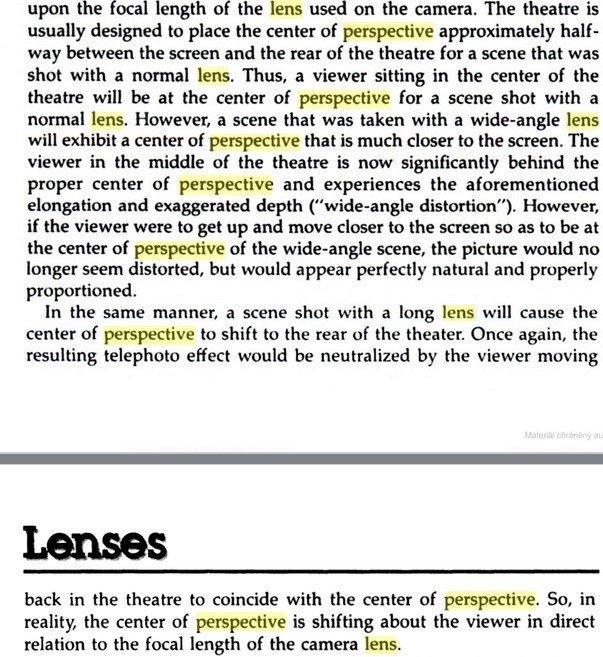
Petr Kvapil
Basic Member-
Posts
19 -
Joined
-
Last visited
Profile Information
-
Occupation
Student
-
Location
Prague
Recent Profile Visitors
The recent visitors block is disabled and is not being shown to other users.
-
So the colors in Suspiria where achieved in postproduction and the film was shot on ordinary film stock? If I understand correctly, the film can't be scanned for Blu-ray from the original negative or we'd lose the colors?
-
I read in a book The Rise and Fall of the House of Hammer that a lot of movies shot by Hammer films was shot on Technicolor. I also heard that Argento's Suspiria (1977) was shot in Technicolor. Is this really true? I thought that 3 strip Technicolor has been abandoned in mid 50s.
-
Focal lenses and image distortion in cinema
Petr Kvapil replied to Petr Kvapil's topic in General Discussion
Thank you for the explanation. By the way, I recently saw Oppenheimer at IMAX in Prague, where it was screened in 70 mm. Unfortunately, I was sitting very close to the screen in the third row and not quite in the middle and the image on the screen was very distorted (especially in the closeups of the faces). I understand that the high height of the (panoramic) screen is mainly to blame, but it was a pretty jarring experience. I didn't get used to it until about halfway through the film. -
Focal lenses and image distortion in cinema
Petr Kvapil replied to Petr Kvapil's topic in General Discussion
Sure. I mentioned him only as an example of a director who uses mostly wide lenses. -
Focal lenses and image distortion in cinema
Petr Kvapil replied to Petr Kvapil's topic in General Discussion
Here is the book: https://www.google.com/books/edition/Anton_Wilson_s_Cinema_Workshop/18Ck5PZX_ZsC?hl=cs&gbpv=1&dq=cinema+workshop+lens+perspective&pg=PA99&printsec=frontcover https://archive.org/details/antonwilsonscine0000wils/page/98/mode/2up -
Focal lenses and image distortion in cinema
Petr Kvapil replied to Petr Kvapil's topic in General Discussion
I found the book. It is called Anton Wilson's Cinema Workshop. You can find it on Google Books or in Internet archive. The information is on page 99 about Lens Perspective. -
Focal lenses and image distortion in cinema
Petr Kvapil replied to Petr Kvapil's topic in General Discussion
I wish I could find that book. It was very technical. it said something about perspective and that film projector lenses have a certain focal length because the most common lens for film is 50mm, but that it also depends on what lenses the film was shot with and how far away from the screen the viewer is sitting in the cinema. Maybe I'm describing it wrong, but I remember being quite surprised by that information. -
Is it true that it is better to watch films shot with wide lenses (for example Terry Gilliam movies) in the cinema from the front rows and films shot with long lenses (for example Ridley Scott movies) from the back rows, otherwise the image is slightly distorted? I read that in a book once, but I can't remember where.
-
How does "look" of contemporary movies differ from the previous eras? For example in 80s movies saturated color displaced desaturated. Sharp, clean images displaced the tendency to graininess or diffusion in 1970s cinema. Steadicam largely replaced handheld camerawork and high-contrast lighting replaced the low-contrast “natural” look. How would you describe today's era?


